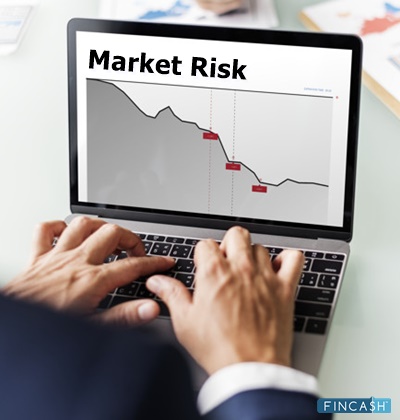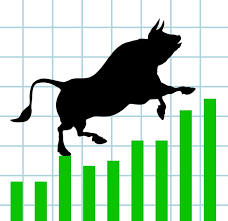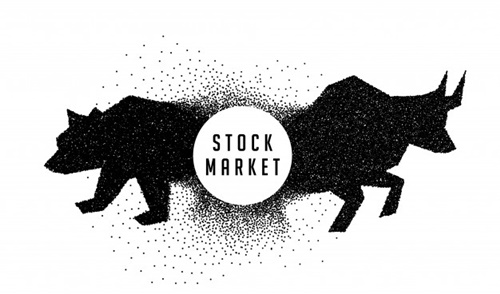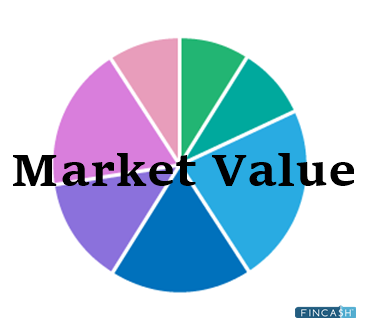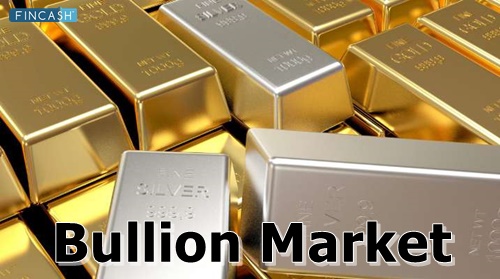Market Cycles
What are Market Cycles?
Market Cycles refers to different patterns and trends that arise during various markets and business environments. It is also known as the stock market cycle. Market cycles are the period between two latest highs or lows of a mutual benchmark. For example, S&P 500 displays the performance of a fund through the ups and the lows in the market. When a cycle takes place, some asset classes do better than the rest because their basic models are designed for growth.

Furthermore, market cycles are constantly emerging from trends within a particular sector or Industry as a response to big and meaningful innovation, products or regulation. During this time, the net profits may show similar growth patterns among many companies within a common industry. This is cyclical in nature. Remember that market cycles are quite hard to identify until an identifiable beginning or ending point which is usually the confusion around policy assessment and strategies.
A current market cycle can continue for a few minutes or even a few years depending on the market. This is because there are many markets to look at and the time horizon is being scrutinised.
4 Stages of Stock Cycles
When it comes to market cycles stages or commonly known as stock cycles, there are some aspects to remember. All markets go through the same stages - they rise, peak, dip and bottom out. Once it is done, the next cycle begins.
Mentioned below are the four stages of market cycles:
1. Accumulation Stage
This stage takes place after the market has bottomed and Early Adopters, along with innovators, begin buying once again thinking the worst is over. The valuations are high and the market sentiment appears to be bearish.
Media talks about the doom and gloom and investors in the Bear Market through the bad times have given up and sold their holdings. However, in the accumulation stage, the prices have flattened. For every seller throwing out, another buyer is present to pick it up at a good discount. This helps switch the market sentiment from negative to the neutral phase.
2. Mark-Up Stage
At this stage, the market has been witnessing stability for a while. It is now beginning to move higher. Media is now discussing the possibility that the worst is over. However, unemployment continues to rise in many sectors. As this stage increases, the investors jump on once again with greed and the fear of being left out.
3. Distribution Stage
In this stage, the sellers in the market get an upper hand. Domination takes place and this is the stage where the bullish sentiment of the previous phase becomes a mixed sentiment. Prices remain locked for a few weeks and even months. When this stage is over, the market changes direction. The distribution stage is an emotional ride for the investors as fear is combined with hope. The market seems to be taking off again.
4. Market-Down Stage
The last stage of the cycle is extremely painful for those still holding positions. Many investors hang on because their investment has gone below the price they bought it for.
All efforts have been made to ensure the information provided here is accurate. However, no guarantees are made regarding correctness of data. Please verify with scheme information document before making any investment.


